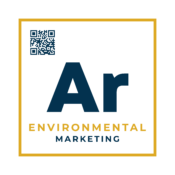
- Article
- 0 Comments
With big shifts happening in the world, we can all cling to some words of wisdom, some rockets of intentions, some guidance to stay on the right path. It’s especially important for leaders in the new economy to be supported with guiding principles or mantras, navigating through this transitional period in time. We’ve curated our […]
Read More


